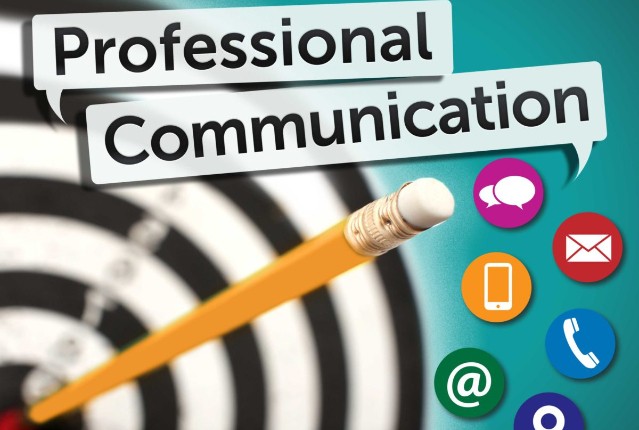
Professional Communication
In today’s global economy, professional communication is no longer limited to the basics of reading, writing, speaking, and listening. In this course, you will focus on communication in many forms- written, oral, graphic, and technological- in the workplace to enhance career options while learning how to address conflict and communicate with cultural competency. By the end of this course, you’ll have the basics you need to be a standout communicator in a professional setting.
Review course outlineAccess for a year
USD 299.00*
* Choose more courses to get a discount
